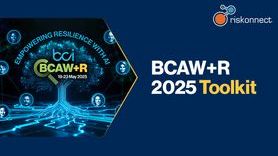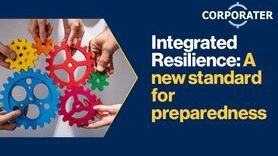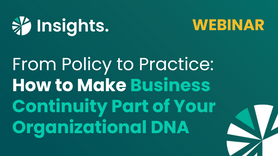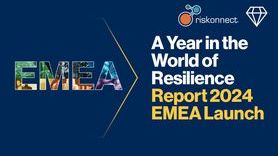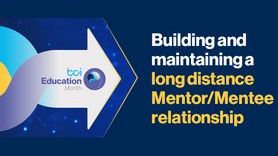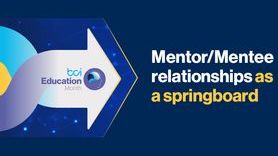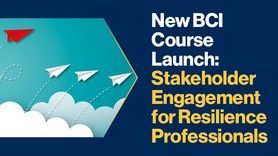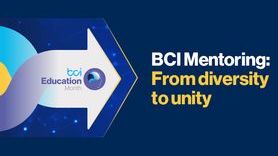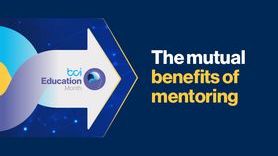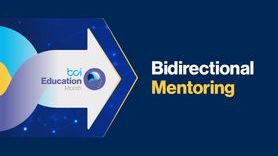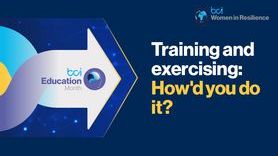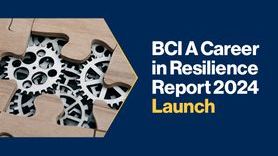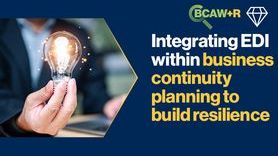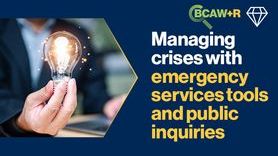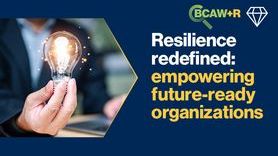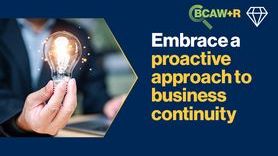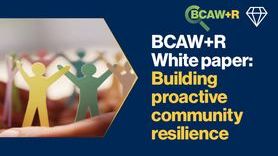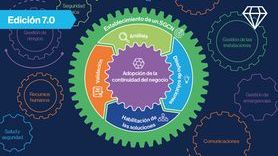BCI Women in Resilience (WiR) Ally Spotlight: Peter Frielinghaus FBCI

Pete Frielinghaus is a Fellow of the BCI, founding chairman of the BCI African Chapter, Director of the BCI Global Board, approved BCI and ISO 22301 Instructor, founding Forum Chairman for Mauritius and the surrounding Islands, as well as the founding member of the East African Forum. He was awarded the Business Continuity Consultant of the Year in August 2014 and shortlisted for the Global BCI Awards that same year. Pete has successfully completed projects for more than 24 years in 23 countries, he has immense experience in a multitude of disciplines, and experience working in very diverse cultures and environments.
It’s fundamental that organizations work towards gender equity, says Pete. He notes that gender equality is a human right and therefore, the right thing to do, before going on to add that the benefits of equality include:
- Gender equity (and diversity and inclusion, generally) leads to better decision making and problem solving
- It attracts top talent from a far bigger pool of applicants
- Vastly improves organizational culture
- Helps to close the gender pay gap, which has a positive impact on the economy
- Helps eliminate systemic barriers and biases.
When discussing whether there were enough women in senior positions within the resilience field, Pete adds that he thinks it’s getting better and is seeing it start to become a norm, while this does vary from country to country. Expanding on this, Pete finds that one of the first roles which have been filled by women is that of Risk, in varying degrees, from team members to the CRO.
“As the previous Chair of several Forums/Chapters, I have always strongly pushed for women to take leadership positions with the structures I’ve been involved with and they have — very successfully I might add.” This includes employment in commercial organizations, as well as Chapter Leaders across Africa. Pete adds that with the right support and encouragement these leaders have gone from strength to strength. “The nice thing is that they now serve as role models for younger women who will follow in their footsteps. It just gets better and better.”
Although, Pete adds that everyone has a role to play in improving this. Saying that, it doesn’t take much, just the right mind frame and the willingness to be an ally. Looking at this in more detail, Pete notes that barriers to improving gender equity vary from country to country, and even from company to company, but that there are some commonalities throughout, such as:
- Unconscious bias and inherent gender discrimination
- Lack of flexible work arrangements – although this has improved significantly post-COVID (which goes to show that it could have worked anyway, it just took a lockdown to prove it)
- Women are often primary caregivers and may face challenges balancing work and family responsibilities, leading to them leaving the workforce or missing out on advancement opportunities
- Stereotyping
- Lack of mentorship and sponsorship
- Historical underrepresentation: Women have been historically underrepresented in leadership positions, creating a lack of role models and a lack of female-friendly cultures in the industry.
“It’s easy to blame “culture” for the slow improvement in gender inclusion, but that argument is wearing thin. It’s being successfully implemented and overcome in some of the most historically biased and traditional societies – therefore it can happen everywhere, one step at a time,” he says.
With this in mind, it is important to encourage schemes or moments of positive change within an organization. Here, Pete says that transparency and openness, and organizations which encourage it, are important, as “changes are remarkably more evident than in more traditional closed environments”. “Unfortunately, we don’t have enough of this but I’m pleased to say that I do see this improving,” he says.
In addition, he considers that some of the more formal approaches to achieving a better distribution include a few of the following:
- Diversity and inclusion training: Providing employees with training on unconscious bias and diversity, equity, and inclusion, can help reduce discrimination and increase understanding of the experiences of marginalised groups.
- Flexible work arrangements: Offering flexible work arrangements, such as telecommuting, part-time schedules, or compressed workweeks, can help women and other caretakers balance work and family responsibilities.
- Sponsorship and mentorship programmes: Providing women with sponsors and mentors can help them build networks and access opportunities for advancement.
- Leadership development programmes: Offering leadership development programmes specifically for women can help increase representation of women in senior positions.
- Parental leave policies: Providing paid parental leave and flexible work arrangements for new parents can help support women and other caretakers in maintaining their careers.
- Equal pay policies: Conducting regular pay equity audits and implementing equal pay for equal work policies can help close the gender pay gap.
They are just a few examples of initiatives that have been shown to be effective in promoting gender equity in the workplace. Although, Pete adds that it's important to note that different organizations may require different approaches, and what works best will depend on the specific needs and culture of each organization.
When asked how women can increase their own opportunities within their workplace, Pete adds that it is important to find your allies. “Look for the right type of people to network with and communicate your ambitions clearly and consistently. In every instance where a woman has approached me for advice or assistance, I have willingly contributed to getting them into the right place at the right time with the right set of skills to attain what they’re looking to achieve”.
He also adds some general recommendations, as follows:
- Build a strong network: Building relationships with colleagues and forming supportive networks can help women access opportunities and information they may not have otherwise known about
- Seek mentorship: Having a mentor can provide guidance, advice and can help women understand what is expected of them in their roles and the organization
- Pursue sponsorship: Seek out individuals who can support and advocate for you within the organization, and who can help open doors and provide access to opportunities
- Be proactive: Take initiative and volunteer for projects and responsibilities that interest you and can help demonstrate your skills and abilities
- Develop skills and knowledge: Stay current with industry developments, pursue training and professional development opportunities, and seek out challenging assignments to expand your skill set
- Be confident and assertive: Speak up, ask for what you want and need, and advocate for yourself.
“Generally, support other women too, this helps create a supportive and inclusive workplace. It makes it easier for everyone,” says Pete.
Although, of course, we should all be allies in promoting gender equality. “I have a wife, a sister, and a daughter but those are not the reasons I do it, we should all do it because it’s simply the correct thing to do.”
He adds that, if he had to give any of his male colleagues advice of what they could do to help, it would include some of the following:
- Educate yourself: Make a concerted effort to learn about gender equity and the experiences of women in the workplace. Read books, articles, and other resources, and attend training and workshops on diversity, equity, and inclusion.
- Speak up: When you witness gender bias or discrimination, speak up and take action. Use your privilege and platform to amplify the voices and experiences of women.
- Advocate for change: Advocate for policies, programmes, and initiatives that support gender equity in your organization, and encourage other leaders to do the same.
- Support women in leadership: Seek out opportunities to support women in leadership positions and encourage other leaders to do the same.
- Mentor and sponsor women: Provide mentorship and sponsorship opportunities for women and help open doors and provide access to opportunities.
- Practice inclusive communication: Use inclusive language and actively listen to the perspectives and experiences of women in the workplace.
- Collaborate with diverse teams: Collaborate with diverse teams and actively seek out diverse perspectives and experiences.
“Be an ally by actively supporting and advocating for women in the workplace, dismantle the systemic barriers that prevent women from achieving gender equity. Allies should continuously educate themselves and work to be aware of and interrupt their own biases,” concludes Pete.




